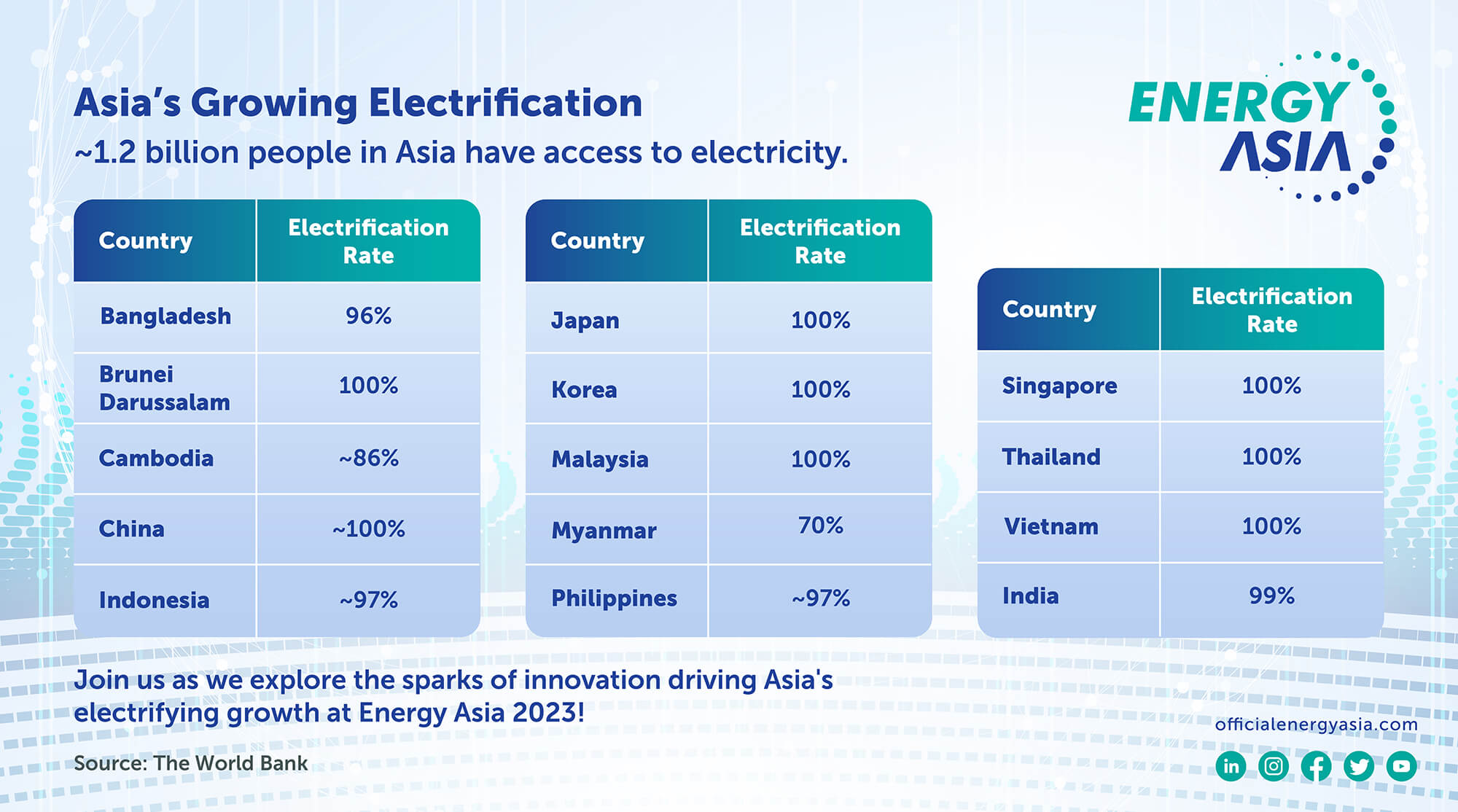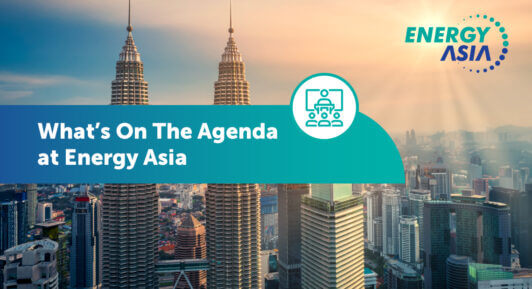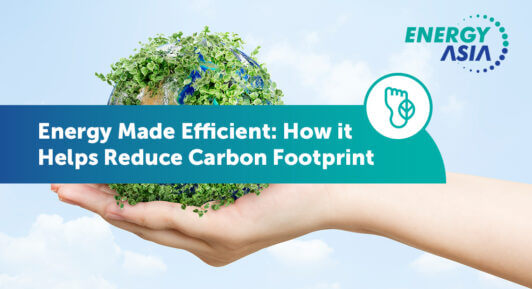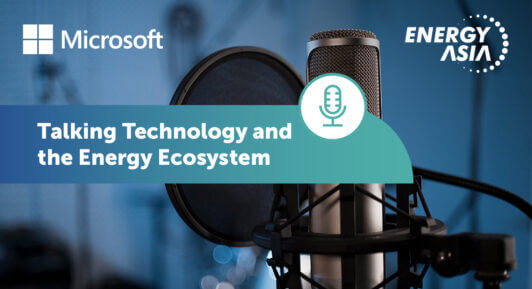Powering Up: Asia’s Unprecedented Growth in Electrification
Electricity has become an indispensable part of our daily lives, powering our homes, businesses, and increasingly our transportation systems. Efforts to increase electrification play a vital role in revolutionising the energy landscape by reducing carbon emissions, improving air quality, and increasing access to clean energy. Ultimately, this supports the transition to a low-carbon economy which is essential in achieving global climate goals.
Access to electricity globally has significantly increased from 83% in 2010 to 91% in 2020, resulting in an additional 1.3 billion individuals gaining access to this essential utility. Asia has made notable progress in its own electrification efforts, providing power to ~1.2 billion people in the region, amounting to 97% of the population having access to electricity in 2020—up from 67% in 2000. Yet, despite the significant strides made to power nations, a vast number of individuals continue to lack access to electricity with more than 700 million of the global population living in darkness. Of that number, ~150 million people reside in Asia.

Asia’s Power Surge: Progress and Challenges in Electrification
According to the International Energy Agency, Asia will account for half of the world’s electricity consumption by 2025, making electrification a crucial part of the region’s development.
It is clear that while substantial progress has been made in some areas, there are persistent challenges in others. Myanmar’s electrification rate stood at only 70% in 2020, while other countries across Asia, such as China, India, and Malaysia, were boasting electrification rates of no less than 99%.
Asia currently heavily relies on coal for electricity, generating over 50% of the region’s power. As a result, the APAC region has the highest CO2 intensity for electricity generation globally at 590 g CO2/kWh in 2022, compared to a global average of 460 g CO2/kWh.
The ongoing energy transition is changing this landscape, with low-carbon sources of power in Asia expected to rise to 38% share of power generation by 2025, paving the way for cleaner and greener energy generation—but this does not come without challenges—including capital costs and energy prices. .
Given that Asia is home to many developing nations, their access to financial resources to invest in renewable sources is limited, further increasing their reliance on fossil fuels. Access to appropriate finance will be critical to help countries reduce fossil fuel needs. Annual renewable energy investment in emerging countries needs to grow seven-fold by 2030 to achieve net-zero emissions, from less than US$150 billion to over US$1 trillion. This is a significant opportunity for investors and governments to drive a renewable transition, powered by the reality that avoiding one tonne of CO2 emissions in emerging and developing markets costs approximately half as much as in advanced economies.
In Asia, most countries in the region are now focusing on accelerating renewable energy efforts and have set carbon-neutral goals. As a result, the region is expected to see an additional 50 gigawatts (GW) of solar and wind energy by 2030 with a projected growth of 250 GW by 2050.
Sparking Change: Asia’s Shift to Renewable Energy
As the world undergoes a profound transformation in its energy system—with a shift towards cleaner, more sustainable sources of power—the electrification of society will play a vital role in this transition. To ensure continuous growth, governments and policymakers have introduced various initiatives and goals to support the transition from fossil fuels to renewable energy sources.
India has made significant progress in expanding access to electricity, increasing its electrification rate from 76% in 2010 to 99% in 2020. In order to achieve this substantial growth, the Indian government put various measures in place to promote the use of renewable energy sources and expand its power grid to rural areas. A prime example of this is India’s Saubhagya scheme which aims to power un-electrified households in rural areas and poor urban areas. Through this initiative, the Indian government has successfully provided access to electricity to ~28 million households across the country.
Other countries in Asia have also made strides in increasing their electrification rates. In Indonesia, the electrification rate grew steadily from 94% in 2010 to ~97% in 2020. This is largely due to the Java-Bali power system that generates 64% of the nation’s electricity. The Indonesian government has plans to expand on this power grid through the 145 MW Cirata floating solar photovoltaic (PV) project that is projected to provide access to electricity to more than half of the nation’s population, further increasing Indonesia’s electrification rate and renewable energy sources.
Greening the Grid: How Renewable Energy Can Revolutionise Electricity Access
Renewable energy sources play a crucial role in improving access to electricity, especially in areas that are off-grid or with unreliable power supply. Unlike traditional sources of energy, such as coal and natural gas, renewable energy sources are sustainable, accessible, and can be more easily located at the point of demand.
Renewable energy leverages natural resources, like the sun, nature, and hydro power, to provide access to electricity. This is especially important in rural electrification efforts as residents can install small-scale solutions such as solar panels or micro hydro installations, eliminating the need for costly transmission infrastructure investments and providing residents with a long-term, cost-effective electricity source.
Renewable energy sources also create opportunities for economic growth and development. According to the International Renewable Energy Agency (IRENA), the renewable energy sector is predicted to offer more than 38 million jobs by 2030. To date, there are over 4 million jobs in the solar PV industry, ~2.4 million jobs in the hydropower and biofuels industry, and more than 1 million jobs in the wind power industry.
Data from IRENA also indicates that almost two-thirds of renewable energy job opportunities are based in Asia. Through enhanced job creation and opportunities, governments will not have to worry about the lack of manpower when it comes to manufacturing and installing renewable energy systems, ultimately increasing a nation’s ability to provide power to homes and businesses in rural and urban areas.
Access to electricity is essential for economic and social development, with electrification programs playing a crucial role in providing opportunities for people across the globe. With continuous efforts to light up homes, nations can expect to see improved quality of life with increased economic growth and sustainable development.
Join us at Energy Asia to learn more about how we can power up nations and help Asia on the path to a net-zero future. Register now!













